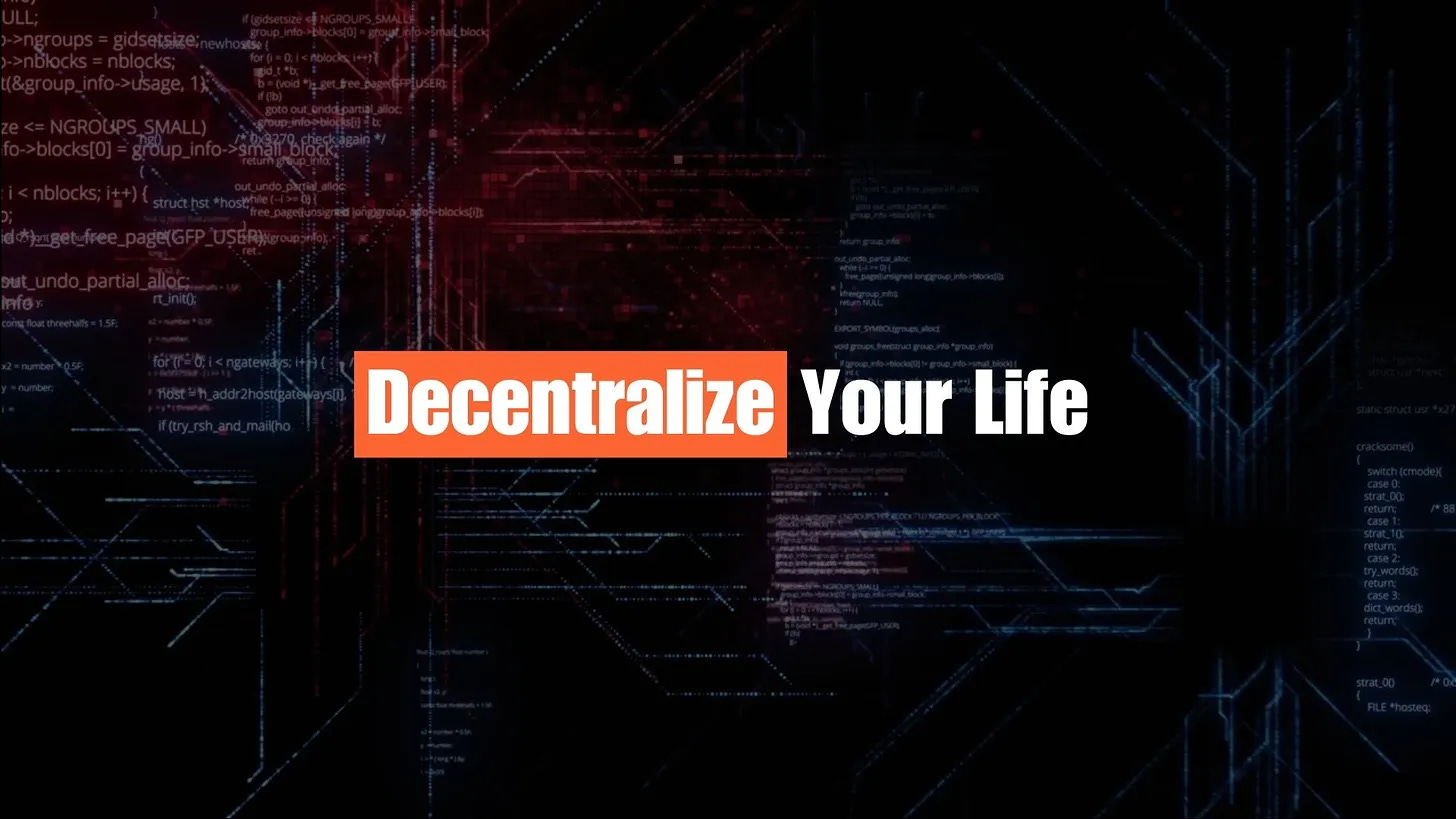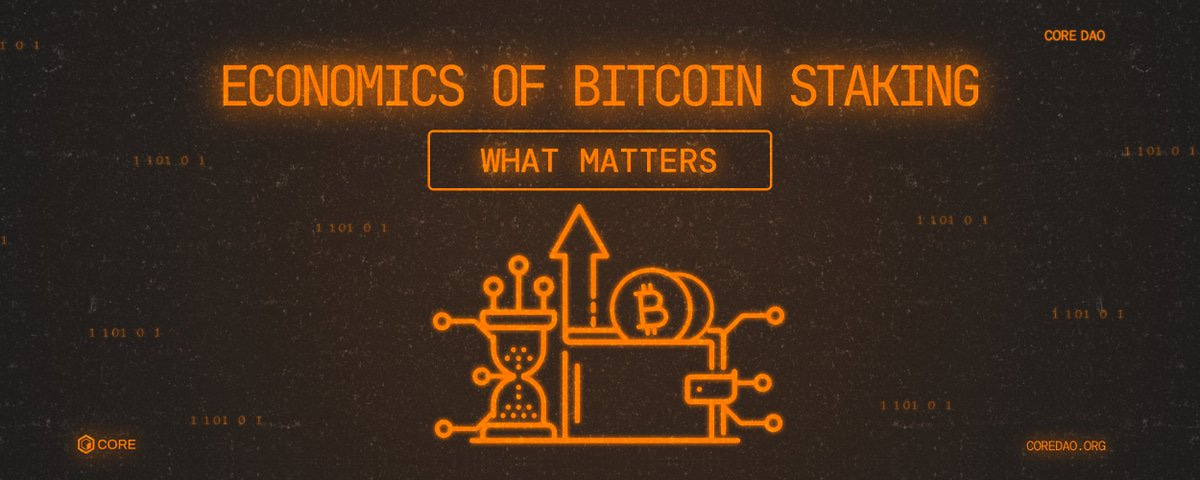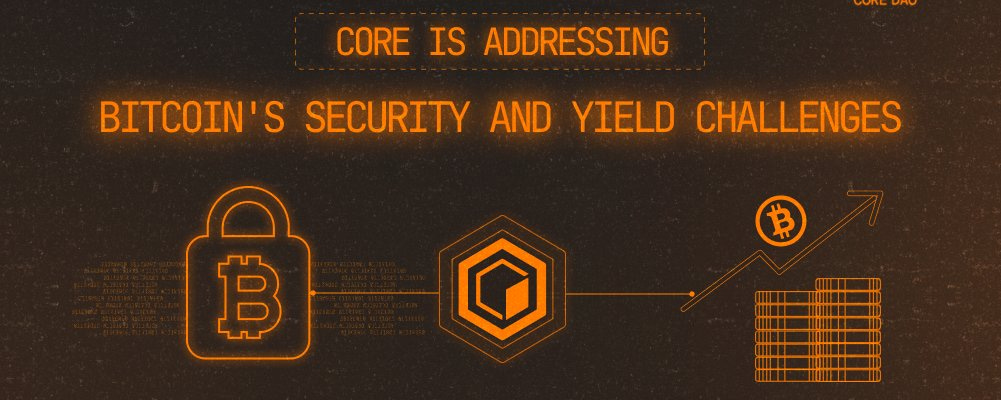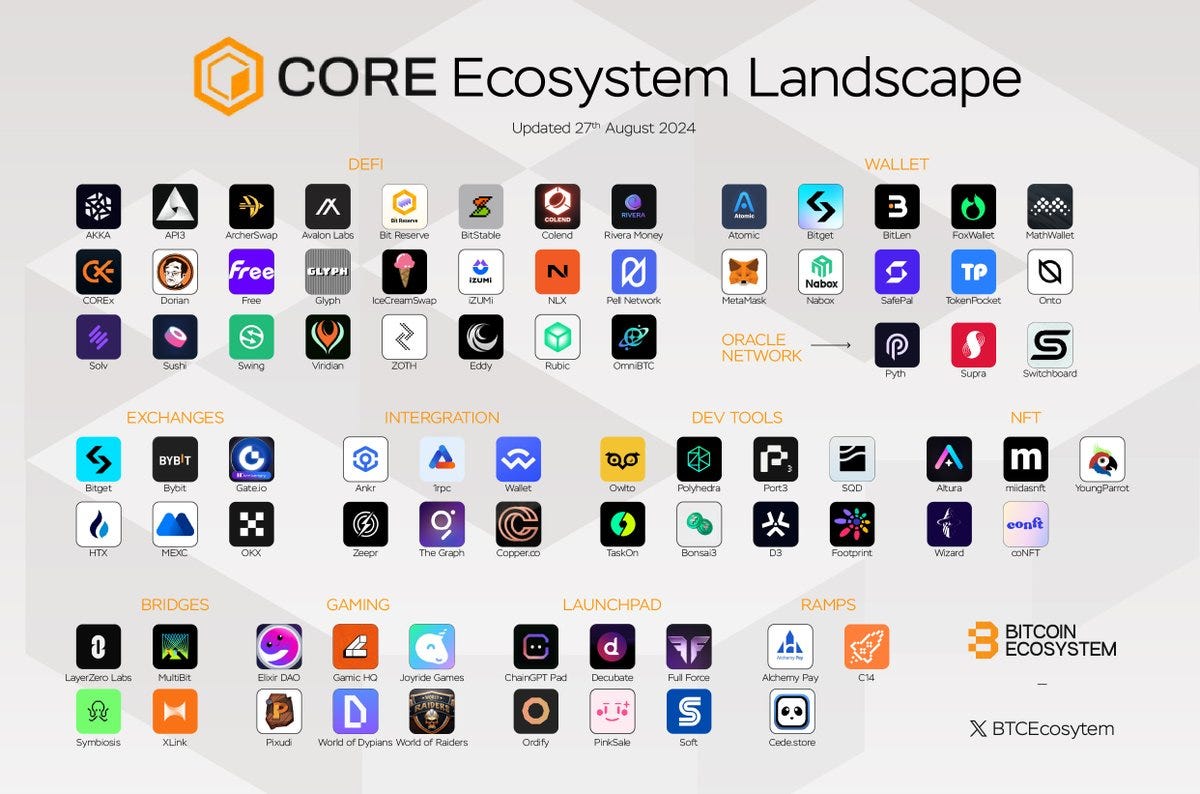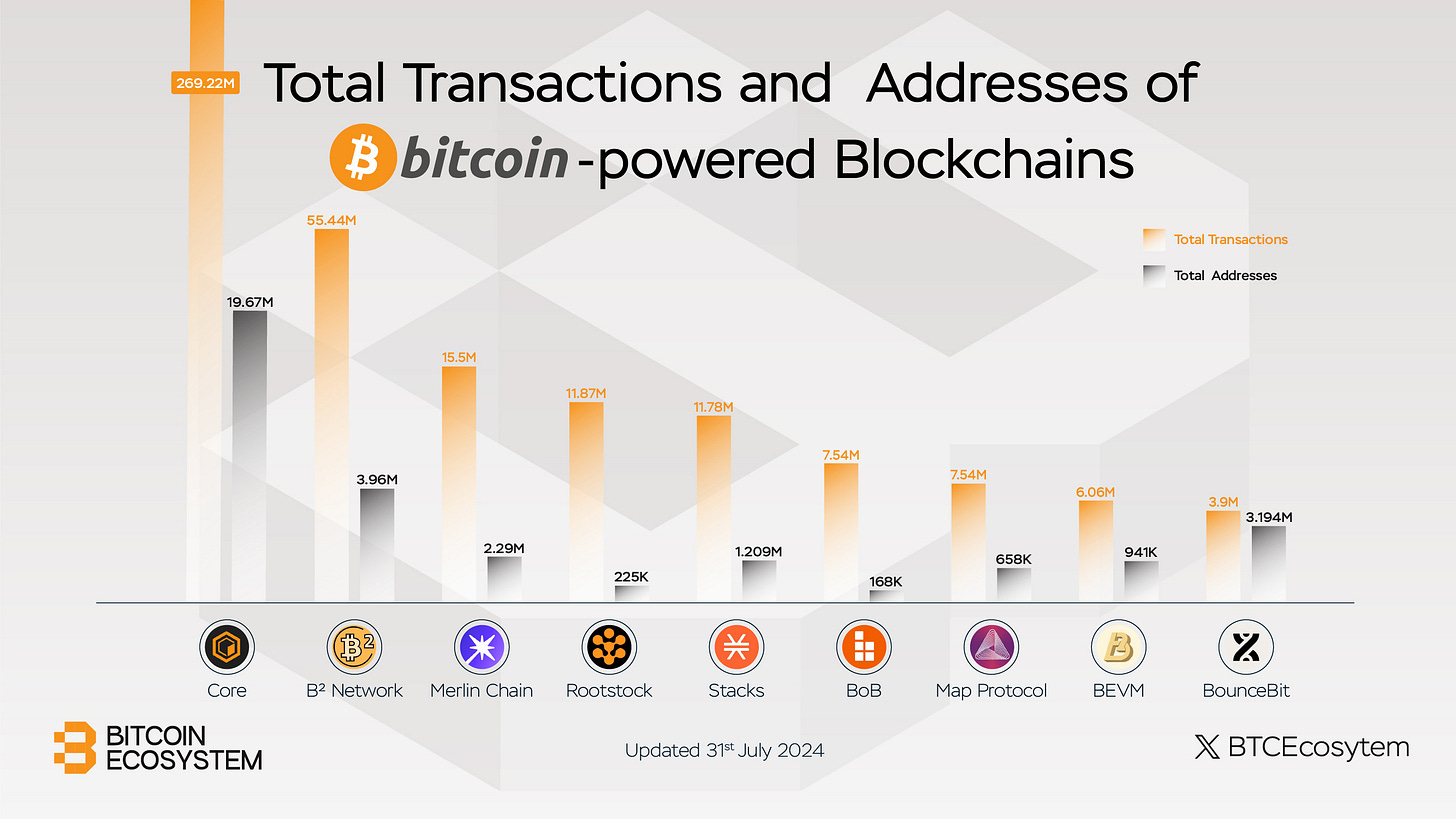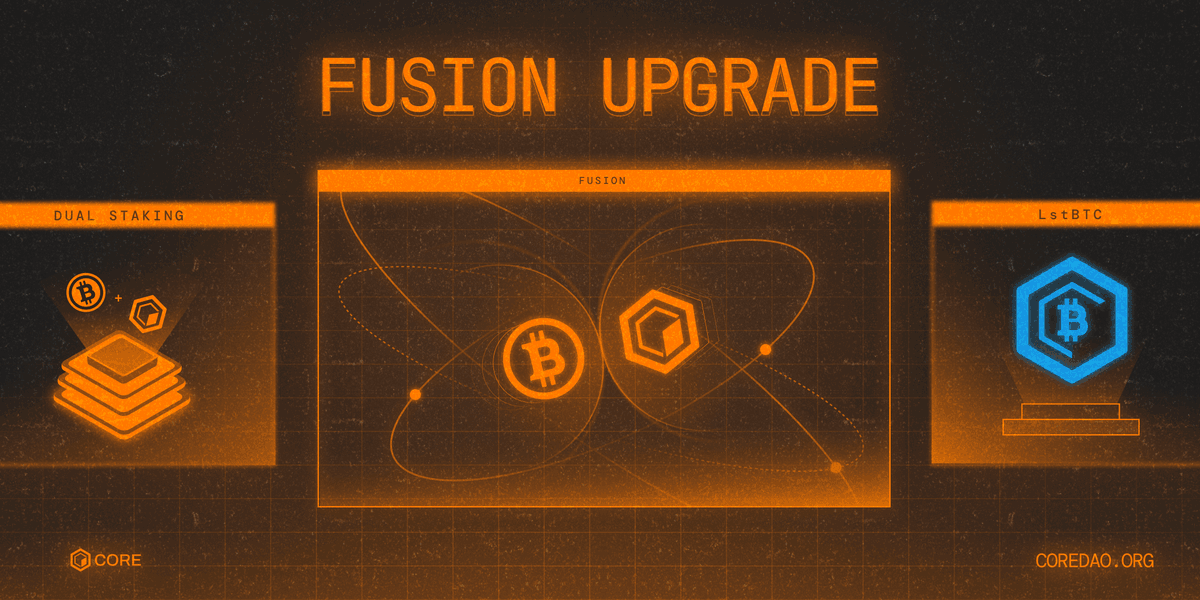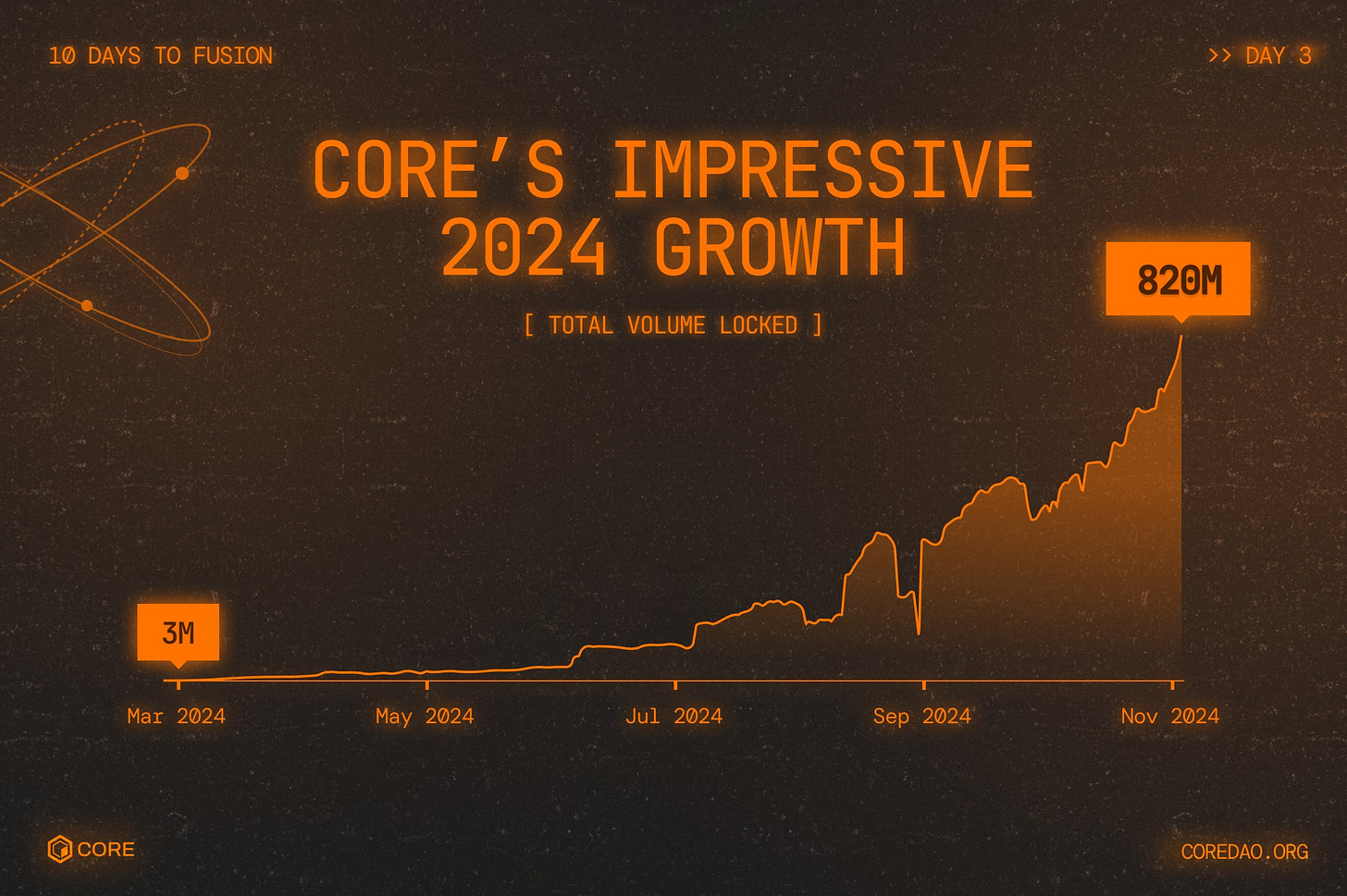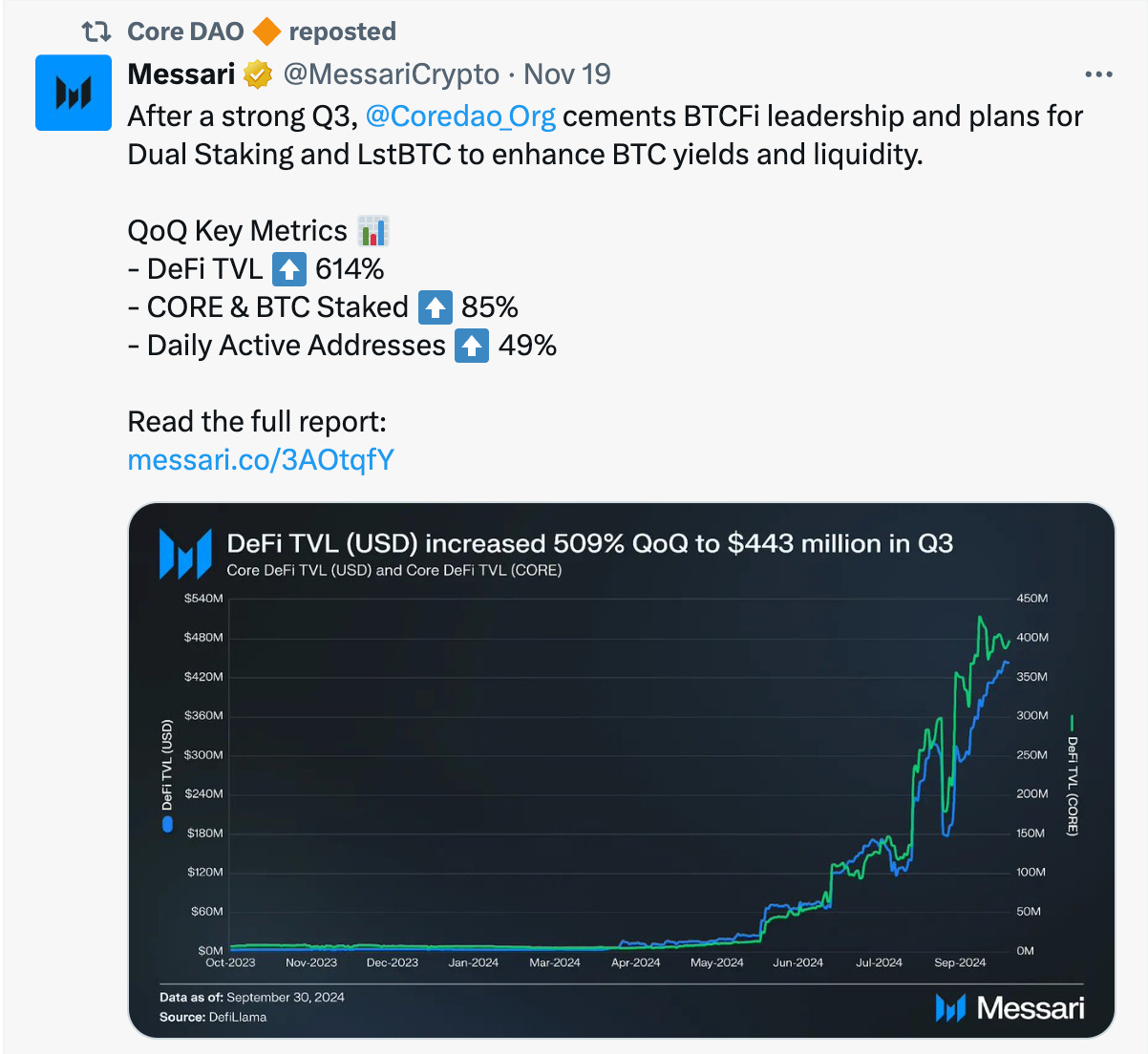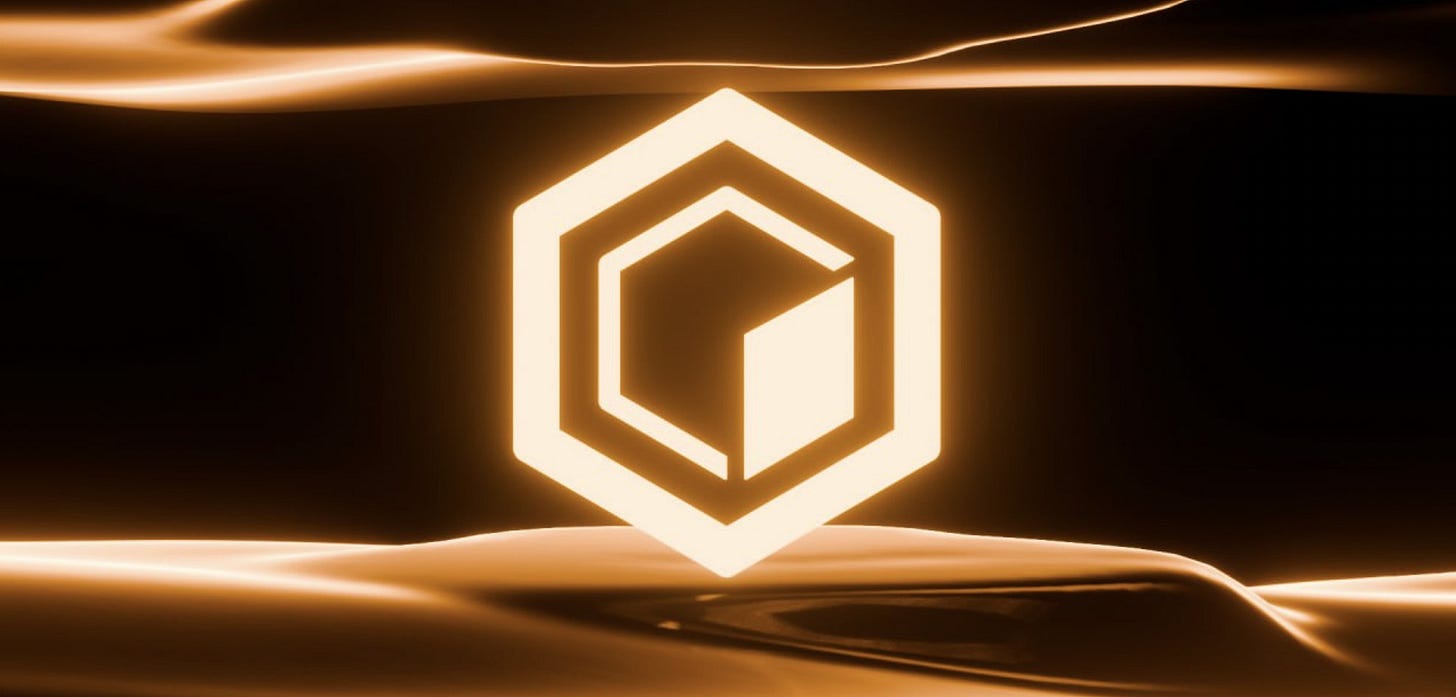What if the key to unlocking Bitcoin’s $2T potential wasn’t found by Vitalik Buterin or Michael Saylor—but by someone you’ve never heard of?
This unknown visionary didn’t just adopt Bitcoin’s ethos; he supercharged it, creating a bridge between unmatched security and groundbreaking scalability—now commanding 74% of Bitcoin’s mining power.
This is the incredible story of Rich Rines and CoreDAO 🧵
For over a decade, Bitcoin was hailed as digital gold.
But its biggest strength—security—was also its biggest limitation.
Scaling Bitcoin without compromising decentralization felt impossible.
The problem
Bitcoin’s Proof of Work (PoW) is bulletproof, but slow.
Ethereum and Solana pushed scalability, but sacrificed some decentralization.
Meanwhile, the $2T Bitcoin market was largely untapped for scalable DeFi and Web3 apps.
Enter CoreDAO
While others abandoned Bitcoin to chase faster chains, Rines doubled down on its core principles.
His vision? Use Bitcoin’s security as the foundation, then layer scalability on top.
Sounds simple, but it wasn’t.
The idea
Rich pioneered Satoshi Plus Consensus, a hybrid model blending:
1️⃣ Bitcoin miners (PoW) for security.
2️⃣ Delegated Proof of Stake (DPoS) for speed.
3️⃣ Smart contracts for decentralization.
It’s like giving Bitcoin the agility of Ethereum without losing its trustless nature.
But let’s pause. Why does this matter?
Because until now, Bitcoin’s utility was limited to:
Store of value.
Peer-to-peer payments (sometimes).
CoreDAO unlocked a new world: scalable DeFi, dApps, and interoperability built on Bitcoin’s foundation.
Think about this:
Ethereum handles ~15 transactions per second (TPS).
Solana boasts ~65,000 TPS (on a good day).
Bitcoin? Just 7 TPS.
CoreDAO’s “Satoshi Plus” changes the game with thousands of TPS, leveraging Bitcoin's security.
Of course, it wasn’t all smooth sailing. Bitcoin maximalists were skeptical.
Critics doubted whether PoW and DPoS could coexist without creating vulnerabilities.
Rich faced doubts, opposition, and endless questions. But he stayed focused.
CoreDAO’s testnets showed real promise, combining:
Seamless block finality.
Efficient, trustless scalability.
Interoperable bridges to the Bitcoin network.
Slowly, skeptics started paying attention.
The breakthrough moment
CoreDAO launched and proved that Bitcoin miners could work alongside validators, not against them.
It unlocked Bitcoin’s liquidity for decentralized apps, a market worth trillions.
And suddenly, the world noticed.
Rich wasn’t just building tech—he was solving a cultural divide.
Bitcoin purists feared change, while DeFi enthusiasts craved scalability.
CoreDAO brought both camps together, uniting them under a shared vision.
Here’s the kicker
The same people who mocked CoreDAO are now building on it.
Why? Because “Satoshi Plus” isn’t just a concept—it’s a revolution.
Bitcoin is no longer just digital gold. It’s the backbone of a new decentralized economy.
Fast forward to today:
CoreDAO powers scalable DeFi platforms, interoperable dApps, and even NFT ecosystems.
Rich proved that respecting Bitcoin’s roots doesn’t mean rejecting progress.
The result
CoreDAO’s network handles thousands of transactions daily, with billions in locked value. Bitcoin’s utility is no longer theoretical—it’s practical, scalable, and real.
Total value locked $890+ million
315+ million transactions on network
27+ million unique addresses
~74% of bitcoin hash power delegated to Core
The irony?
Critics once said Bitcoin was “too slow for innovation.”
Now, Bitcoin (via CoreDAO) is leading the charge into Web3, while other chains wrestle with decentralization concerns.
The lesson
Innovation doesn’t have to mean abandoning tradition.
Rich showed us that staying true to core principles—while embracing evolution—can unlock incredible potential.
CoreDAO isn’t just a blockchain; it’s a movement. It’s proof that the $2T Bitcoin market isn’t stuck in the past—it’s stepping boldly into the future.
So, what’s next?
Will CoreDAO’s “Satoshi Plus” become the standard for scalable, secure blockchains?
Is Bitcoin entering its second act as the foundation of Web3?
One thing’s clear: Rich Rines just changed the game.
Inspired by this story? Share it with your community & celebrate innovation that respects the past while building the future.
What’s your take on CoreDAO and “Satoshi Plus”? Could this be the answer to Bitcoin’s scalability challenge? Leave your comments below. 👇
Thanks for reading! I work with founders and executives to decentralize traditional business models by incorporating Bitcoin’s core principles. Together, we’re building BitcoinFi—the permissionless future has arrived!
Love what you read? Subscribe and never miss an update!




